Time and again, Roswell researchers—many of whom have published books—have insisted on the fixed notion that in the 1940s, the U.S. Army only used the term PUBLIC INFORMATION OFFICER and that there was no such role as a PUBLIC RELATIONS OFFICER.
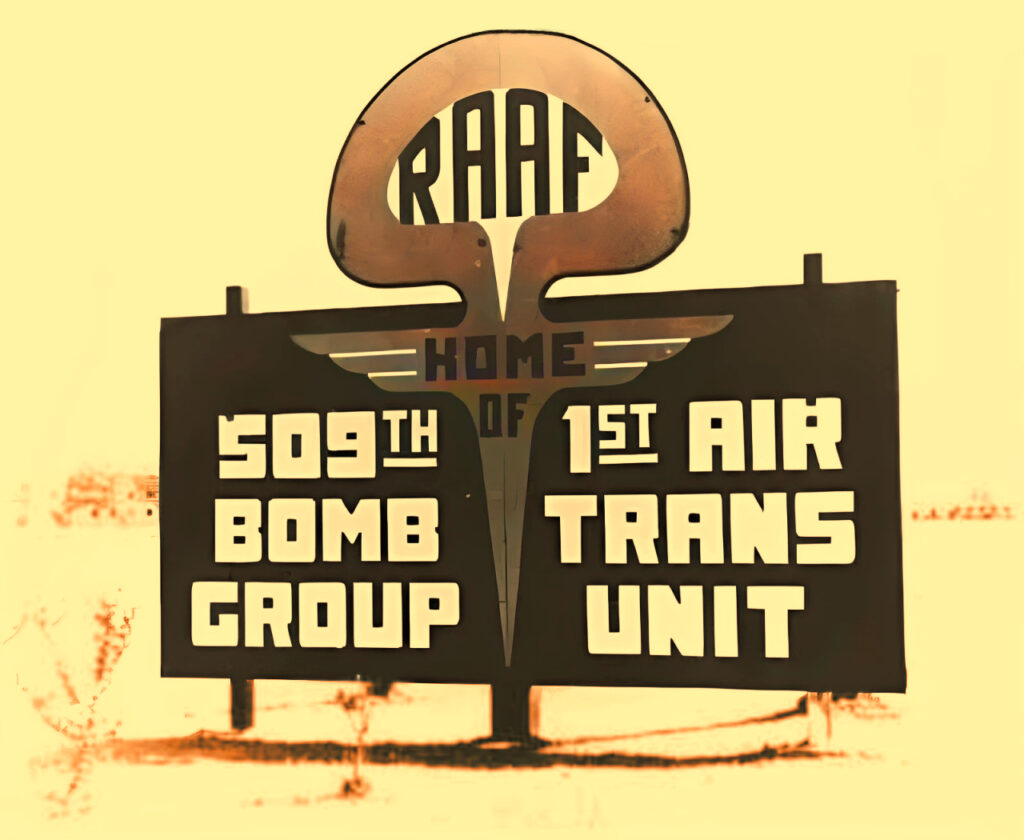
SIGN OF THE ROSWELL ARMY AIR FIELD (RAAF)
This debate centers specifically on the famous Ramey Memo, which appears to contain the phrase fragment:
“, PUBLIC RELATIONS OFFICER”
>>>The Missing U<<<
This interpretation, however, contradicts some opinions that claim this phrase does not actually appear in the memo. A common argument is that the Army or Air Force at the time did not have a PUBLIC RELATIONS OFFICER, as the correct term was said to be PUBLIC INFORMATION OFFICER.
But is this claim really accurate?
Was it truly the case that, at the time of the Roswell Incident in 1947, the Army exclusively used the term PUBLIC INFORMATION OFFICER?
We can definitively refute this notion. It appears that poor research is to blame for this misunderstanding. Based on our findings, it should have been possible as early as the 1950s to determine the correct terminology. In fact, there are records that show the term PUBLIC RELATIONS OFFICER was indeed used by both the Air Force and the Army, and officially recognized even prior to that time.
Let us take a look at the beginning, which starts at the Roswell Army Air Field with the creation of the press release:
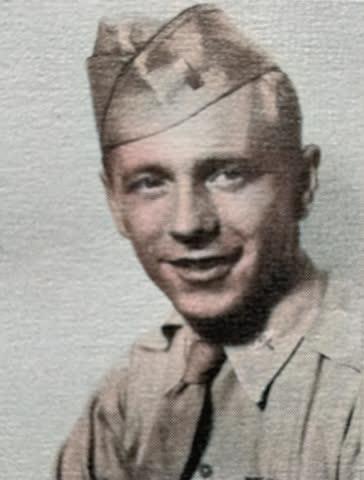
1st LT. WALTER HAUT
1st Lt. Walter Haut served as the public information officer for the 509th Bomb Group stationed in Roswell, New Mexico, in 1947. (Take a look at the RAAF Sign) Haut is known for issuing the initial press release about the “flying disc” during the Roswell incident.
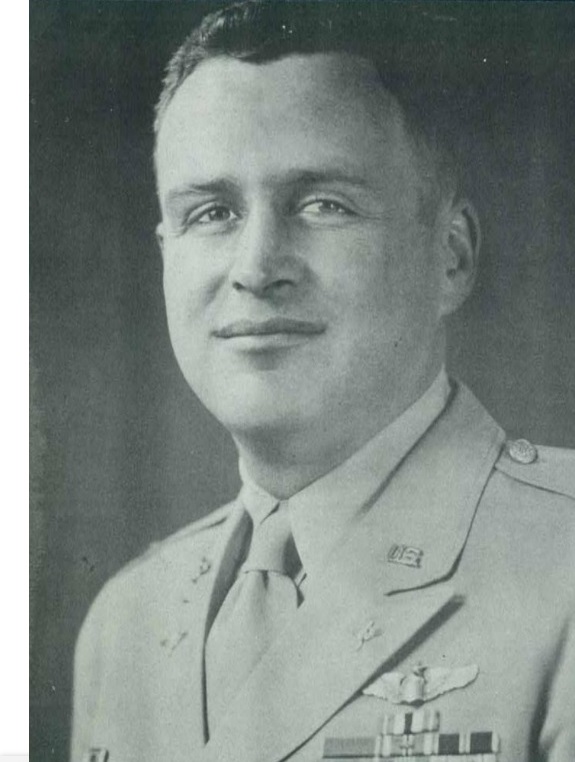
GENERAL WILLIAM HUGH BLANCHARD,
the commanding officer of the
ROSWELL ARMY AIR FIELD (RAAF)
In interviews in 1979, he said that the base commander, Colonel William Blanchard, asked him to write and distribute the press release. However, when Haut requested to see the object in question, he was told that “his request was impossible.”
In UFO Crash at Roswell, Haut appears as a witness, though not to the actual debris field. In a March 1989 interview, he said he knew “nothing” about what was recovered. He described being asked by Blanchard to write the press release: “I didn’t hear about it until, I guess, Jess was on his way to the flight line.” However, he did describe what Marcel told him: “It was something he had never seen and didn’t believe it was of this planet. I trusted him on his knowledge.” He further stated: “I think there was a giant cover-up on this thing.”
Public information officer Walter Haut issued this press release:
The many rumors regarding the flying disc became a reality yesterday when the intelligence office of the 509th Bomb group of the Eighth Air Force, Roswell Army Air Field, was fortunate enough to gain possession of a disc through the cooperation of one of the local ranchers and the sheriff’s office of Chaves County.
The flying object landed on a ranch near Roswell sometime last week. Not having phone facilities, the rancher stored the disc until such time as he was able to contact the sheriff’s office, who in turn notified Maj. Jesse A. Marcel of the 509th Bomb Group Intelligence Office.
At the time, newspapers alternately referred to the person releasing the press statement as a Public Relations Officer or a Public Information Officer, depending on the source. In the memo itself, the phrase “Public Relations Officer” appears to be readable. However, some well-known Roswell researchers dispute this. One of their arguments has been that in the Army or Air Force, personnel responsible for such tasks were called Public Information Officers, not Public Relations Officers. Therefore, in their view, it is impossible for the memo to contain the phrase “Public Relations Officer.”
In response, alternative interpretations of the text in the memo were hastily proposed, suggesting different, more “appropriate” words might occupy that space.
This debate stems from a potential issue: why would someone in the Army, who might have authored the memo, not know the correct title for someone responsible for press communications? It should be Public Information Officer, not Public Relations Officer, right? This line of reasoning even led some to speculate that the memo might have a civilian origin.
But the situation is not so straightforward. After extensive research, we can conclusively demonstrate that the term Public Relations Officer was indeed used within the Army at that time.
The best example of the use of the term “PUBLIC RELATIONS OFFICER” in the Army is the Fort Worth Army Air Field. Notably, this occurred precisely at the time of the Roswell Incident, when Roger Ramey held the famous memo in his hands.
In the following photograph from 1947, you can see the Communication and Public Relation Office Building at the Fort Worth Army Air Field. Yearbooks and documents from that year provide clear evidence of its existence.

Communication and Public Relation Office Building
1947 Fort Worth Army Air Field
And who was officially designated as the Public Relations Officer at the Fort Worth Army Air Field at that time? It was Major Cashon. In this photograph, you can see him in an office.
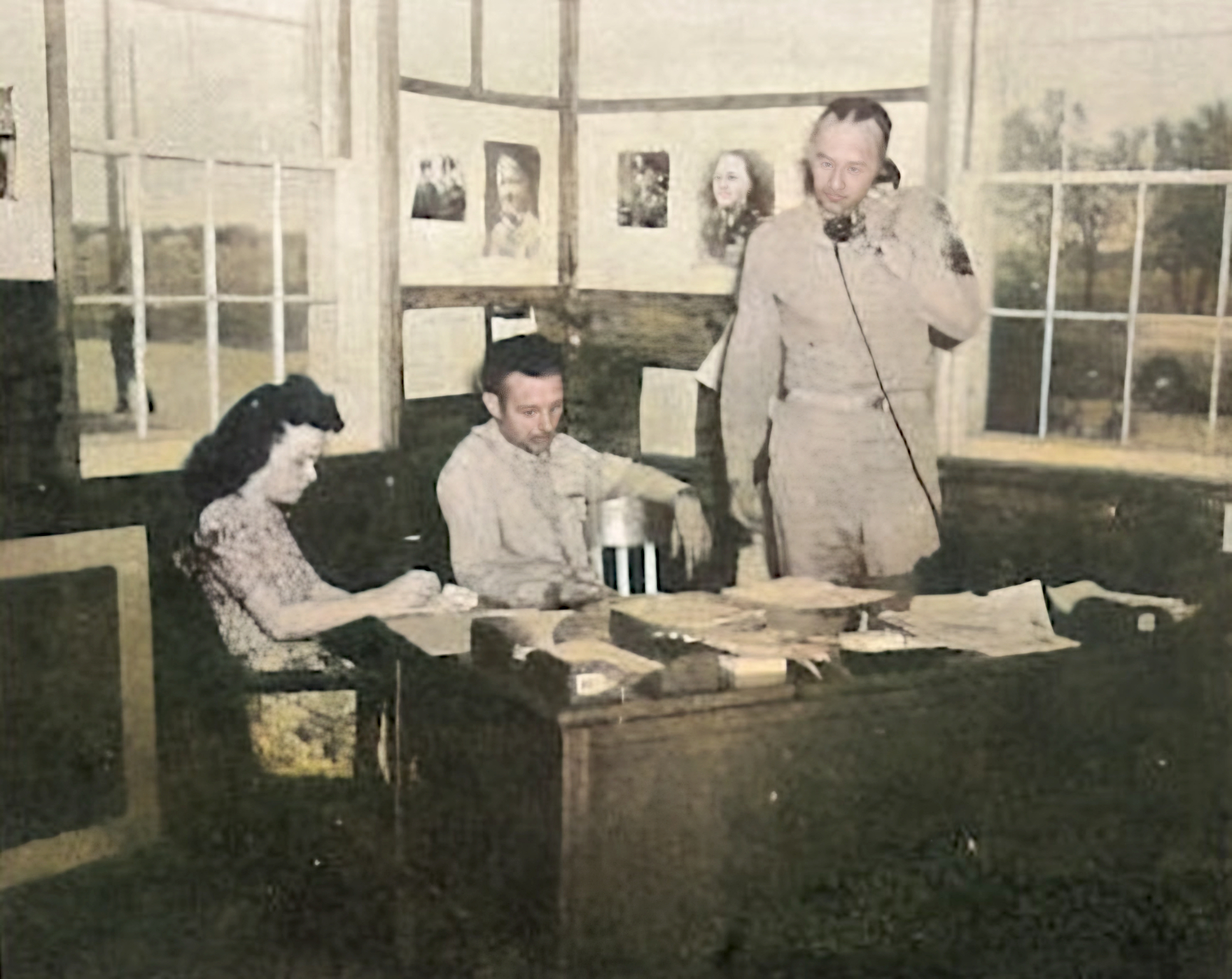
Major Charles Cashon – The Public Relations Officer of the 8th Air Force (Fort Worth Army Air Field 1947)
Some of the yearbooks from that time can still occasionally be purchased online on various platforms for an average price of $600 per book. These contain very interesting historical photos and additional insights.
Why “Public Relations Officer”?
- The Term “Public Relations” Was in Vogue:
- After World War II, the military began aligning itself more closely with the emerging principles of civilian public relations management.
- The term “Public Relations” carried a broader connotation, emphasizing that communication was not merely about informing but strategically aimed at promoting a positive image of the armed forces.
- Different Terms for Different Levels:
- On large bases such as Carswell Army Air Field in Fort Worth, the communications department was likely larger and more formalized, leading to the use of “Public Relations Office” to emphasize the strategic nature of the work.
- On smaller bases like Roswell Army Air Field, communication was more direct, and the term “Public Information Officer” was preferred to highlight the more tactical role of disseminating information.
- Adapting to Civilian Terminology:
- The term “Public Relations” was already well-established in civilian society and could have been adopted to use language more familiar to the public, making it easier to understand outside the military.
But What Conclusions Can Be Drawn from This Information?
Does this exclude a military origin of the Ramey Memo and point instead to a civilian source?
Not necessarily. From this perspective, both possibilities remain plausible.

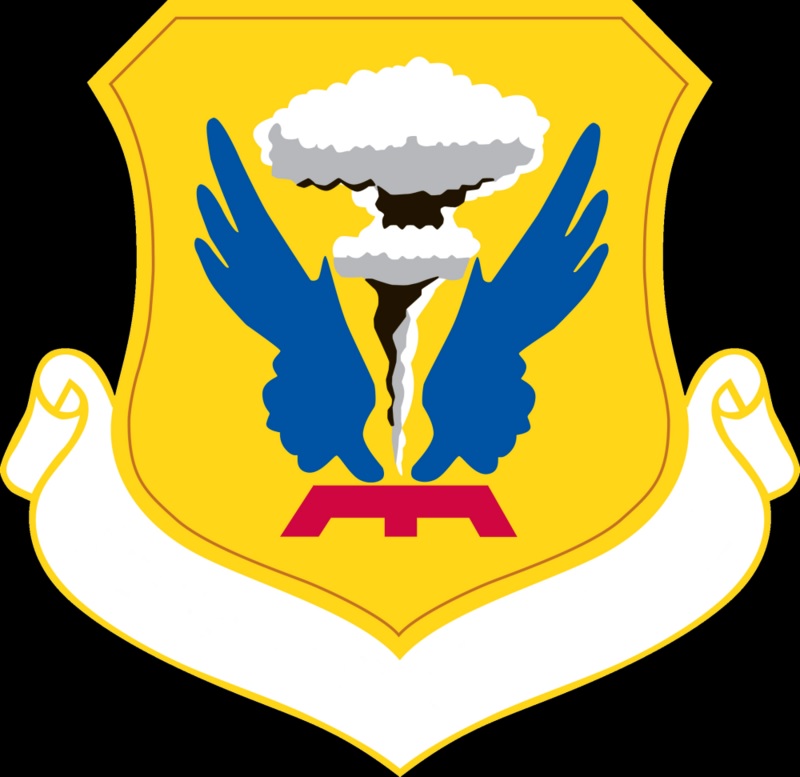
What can be ruled out with near certainty, however, is that the memo originated from the Roswell Army Air Field, at least not from the 509th Bomb Group, where Walter Haut served as the Public Information Officer.
- The Name Error:
- Haut’s name would almost certainly not have been misspelled if the memo had come from the Roswell Army Air Field.
- Terminology:
- The term “Public Information Officer” would have been used instead of “Public Relations Officer” at Roswell.
Other military bases or civilian sources, however, could have used “Public Relations Officer”.
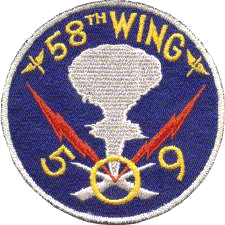
If another base authored the memo, it is entirely plausible that the term Public Relations Officer was used.
The misspelling of Walter Haut’s name further suggests that the officer’s name might have been relayed over the phone and misheard due to phonetic similarity. Alternatively, someone else could have dictated the name to the memo’s author, and it was misunderstood during the process.
But what about Alfred F. Kalberer?
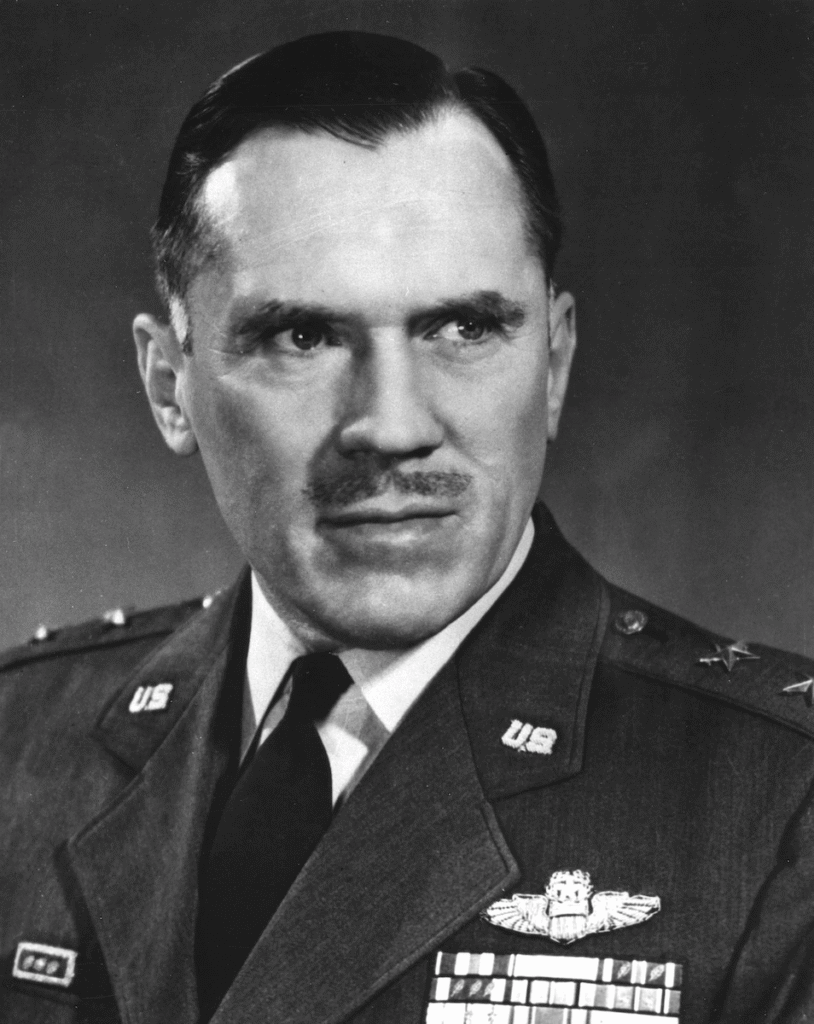
He was not primarily listed as a “news officer” or “press officer” at the Fort Worth Army Air Field (FWAAF) in 1947.
In fact, from September 1946 to December 1947, he served as Chief of Intelligence, overseeing reconnaissance and information analysis.
Nevertheless, he occasionally had contact with the press, as DuBose mentioned in an interview—particularly when it came to informal or verbal communications with reporters, whether by telephone or in person.
Kalberer gained some public attention during the so-called “Flying Disc Craze” in the summer of 1947, which unfolded in the weeks leading up to the Roswell incident. During this period (late June to early July 1947), reports of strange aerial sightings spread across the United States, prompting several military spokesmen to issue statements intended to calm public concern.
One of these spokesmen was indeed Captain Alfred Kalberer.
He was quoted in several newspapers—such as the Fort Worth Star-Telegram and the Dallas Morning News—as saying:
“There’s no reason to believe that flying discs are coming from Mars or any other planet.”
Kalberer sought to ease the growing UFO hysteria and discourage speculation that the discs might be extraterrestrial craft.
Official written statements, however, were handled by Major Cashon, the designated Public Relations Officer at Fort Worth Army Air Field, who maintained a more formal and factual tone.
On the day of the Roswell press conference, Alfred Kalberer had no official role, and there is no evidence that he was involved.
